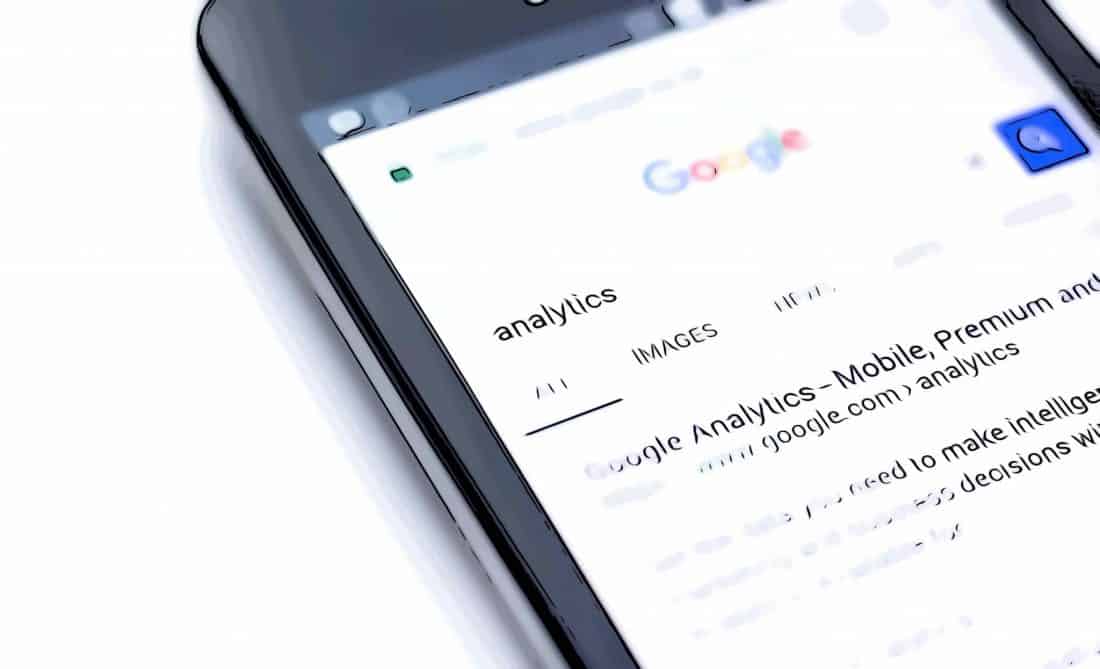For your business to grow, you need to understand which elements are working and which will work in the future.
With the rise of big data businesses now produce a vast amount of data. Making sense of this data is where business intelligence and business analytics comes in.
But what’s the difference and what can each do for you?
We’ll break down both and help you to understand how they can become a crucial tool for your business growth.
Business intelligence vs. business analytics
Business intelligence is often used as a blanket term to describe the approaches and tools that can be used to provide useful insights that can help you to understand how your business operates.
This usually involves data and some kind of analysis to establish trends and understand why things are performing in a certain way.
Business analytics is also about exploring data that is related to your business. The goals are similar – to better understand relative performance and make better-informed decisions that facilitate more significant growth in the future.
BA is slightly different from BI in that while they both address similar problems, BA is the process of using data to predict and draw conclusions. It is also used to predict what will happen in the future.
In this sense, the difference between business intelligence and business analytics is that the first is descriptive and the second is prescriptive.
Business intelligence explains what has happened with your business or what is currently happening. Business analytics is focused more on what will happen in the future, with emphasis on prediction.
Examples
So if we look at a dataset that we are familiar with – location.
Location data is a powerful tool in understanding business performance, and it can be used to inform decision making from management to marketing.
Let’s say we were a retail store with online advertising. We wanted to see if the advertising affected store visits or how they had affected an industry such as gig economy apps.
We could use location data to see which devices then entered the store. By matching these devices to those that were exposed to our online advertising campaign we could see the number of devices that were exposed to the advertising and then also visited the store.
This is an example of business intelligence. We’re taking the number of devices that visit the store and have been exposed to our advertising to create a simple conversion rate.
Let’s use the same store to illustrate business analytics.
We created a dataset that consisted of all the devices that visited the store in a monthly period. We used metadata in the Tamoco network that is associated with these devices to get a detailed understanding of the type of consumer that is related to the device.
By association, we now have insights into the type of customer that visits this specific store. This is fueling our business intelligence.
The next step is for us to create a predictive model that helps us to tailor our online advertising to the customers that visit our store. This will allow us to optimize our budget and maximize conversions.
Using this data to predict the type of customer that will visit our store and target advertising accordingly is an example of business intelligence. We are actively using the data to predict and inform future business decisions with the view of optimizing them.
How does this fit into your business
Modern businesses need a solution that can combine both. Location intelligence is one that allows companies to analyze performance and model data to make smarter decisions in the future.
Location is one example of a dataset that can fuel business intelligence and business analytics.
To compete in today’s landscape business need to be able to understand what has happened and what will happen in the future.
This is where it’s essential to get the right data.
Location for BI and BA
Business intelligence with location
Location data can help you to measure KPIs in the offline world such as store visits, and can improve conversion copywriting in real-world locations.
It can also help you to measure behavior anywhere in the real world. Real-time business intelligence solutions can identify population movement, macro trends and other valuable metrics for your business.
Business analytics with location
Large scale device movement data can help to inform a robust business analytics solution. By combining location data sets with other existing data or solutions, it’s possible to predict how your customers will behave.
The use cases for this are incredibly large. Everyday use cases could be city planning, connecting smart vehicles, optimizing advertising and marketing or optimizing the supply chain.
James is the head of marketing at Tamoco

